The Scottish Government has opened a Nordic Office – a brand new venture, designed to give Scotland a political, cultural and business presence in northern Europe.
It’s based in Copenhagen and has a small dedicated band of full-time staffers.
Basically, it’s a suite of offices and meeting spaces within the British Embassy, with a cultural programme that brings together Scottish artists and Nordic audiences.
It also gives Scottish politicians and business leaders a place to hold discussions with their Danish, Swedish, Norwegian, Finnish and Icelandic counterparts.
These offices attract ire from critics of the government.
They are wasteful of resource, some say.
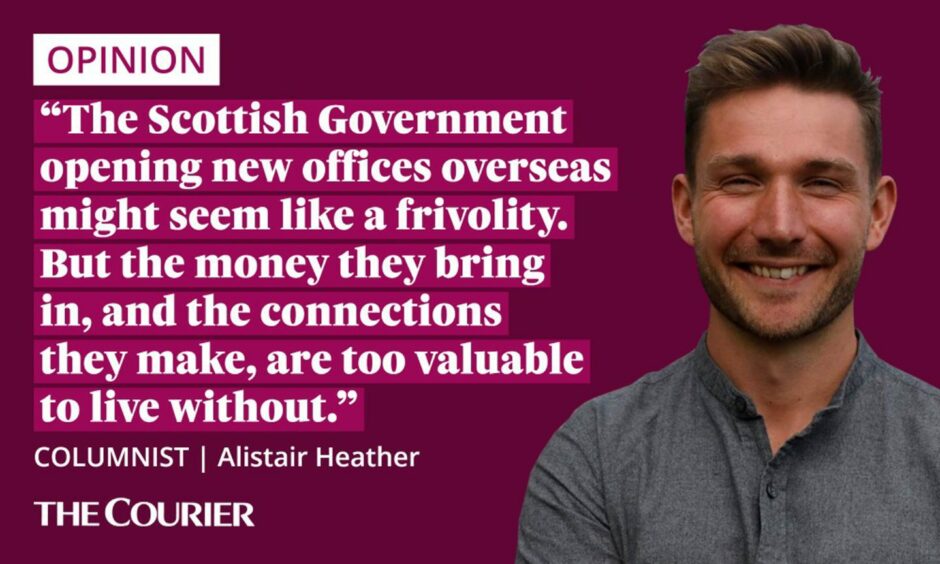
They are further evidence of the Sturgeon regime acting up beyond its station, by opening these proto-embassies internationally.
I disagree.
Nordic Office harks back to Scotland’s history in the region
I’ve long felt Scotland’s natural place in the world, at least in Europe, is as a vocal part of the patchwork quilt of small northern European nations, and not as an afterthought in the north of a British empire.
Our cultural, economic and political connections with England are of course profound and vital.
Ireland, our nearest European neighbour has been a close connection over millennia, albeit one marred by conflict.
We remain close, if complex, pals.
By contrast our ancient ties with northern Europe have been allowed to atrophy this last century.
Scotland and Finland shared similar roles in the Nordic region during the medieval period.
We were both broke, rural farming nations with plenty of population and paucity of opportunity.
Sweden was a great European power then, and would employ Scots and Finnish mercenaries by the hundred, at times by the thousand.
We’d head over there, pick up a salary off the Swedes to march aboot the place, and often became the fighting vanguard of Swedish regional aggression.
We also, naturally, took massive hammerings at times and have found our defeats glorified in local folklore and art.
An honor and a pleasure to meet First Minister @NicolaSturgeon yesterday, when she officially opened @ScotGov’s Nordic Office in Copenhagen. A very good initiative.
Looking forward to closer cooperation between the #Nordic nations and #Scotland.
🏴 🤝 🇩🇰🇸🇪🇫🇮🇬🇱🇮🇸🇫🇴🇦🇽🇳🇴 pic.twitter.com/VcKXNuE1HO
— Kristina Háfoss (@KristinaHafoss) August 27, 2022
For example in 1612, “a group of about 350 recruits… from Caithness. [arrived] in Norway… they were attacked by Norwegian peasants in the pass of Kringelen. All the Scots were killed ….The battle has long been regarded as a great feat of valour in the history of Norway, and has repeatedly been used as a theme in Norwegian literature and art.”
Guid ane Scotland. Battered off the peasantry.
Many of these Scots mercenaries stayed on in the Nordics as peddlers and traders following their service, forging human connections.
Once Scotland sent Viking brides, now it opens a Nordic Office
And it wasnae just the sodgers that linked us and them across the North Sea.
Around 50% of all the female settlers to Iceland in the Viking Age were from Scotland and Ireland.
Whether they were wooed by hunky viking lads in Sutherland and elsewhere and enticed to move north I don’t know for sure.
But we do see in old records that Scottish women were at times prominent in early Icelandic life.
Viking burials can be seen at the Govan Stones in the middle of Glasgow.
The Sinclair family, and the MacDonalds that ruled the Hebrides for so long, are hybrid Scotto-Scandinavian clans.
The amazing Galloway Hoard on display at Aberdeen Art Gallery the now is a complex, amazing testament to the longevity of our Nordic connections.
But this really is all in the past.
Scottish? British? Actually there IS a difference
For a while I went out with a Finn.
To her family, I was never her Scottish boyfriend but, at best, her “British” boyfriend.
All too often I was her “English” boyfriend. You can imagine my chagrin.
My partner explained that Finns don’t really think about Scotland.
They think of Britain, or the UK, as one big place.
Our Nordic Office is now open.
The office will support @ScotGov’s work with friends and partners in the Nordic region to benefit people and business across our countries. pic.twitter.com/KLjzm05iHc
— Scottish Government Nordic Office (@ScotGovNordic) September 1, 2022
If we exist at all in the imagination it’s as one funny little identity within Britishness. Like Cornwall, or Cockneys.
The long history we shared has been forgotten on both sides of the sea.
And that is why I’m so in favour of Scotland opening up these Scotland Houses in general, and this Nordic Office in particular.
We have so much heritage in common, and we’ve always faced so many similar challenges unique to our latitude, to our weather, to our place here on the shores of the north sea.
Nordic Office is an investment in Scotland’s future
Already the business aspect of these houses is paying massive dividends.
Earlier this year it was announced that Scotland is massively outperforming the other UK nations in attracting inward investment from Europe and the US.
The main purpose of the Scotland Offices is to increase our visibility internationally, with exactly these outcomes predicted.
The project is working, and it’s only right that it expands.
I appreciate that in times of austerity and increasing poverty, the Scottish Government opening new offices overseas might seem like a frivolity.
But the money they bring in, and the connections they make, are too valuable to live without.
For me, the business of government has to be dealing with present crises, of course.
But it must also look to a brighter future beyond this gloomy present.
A future where Scotland can be an intellectual, economic and cultural player in a thriving northern European neighbourhood.
What a thrilling idea.
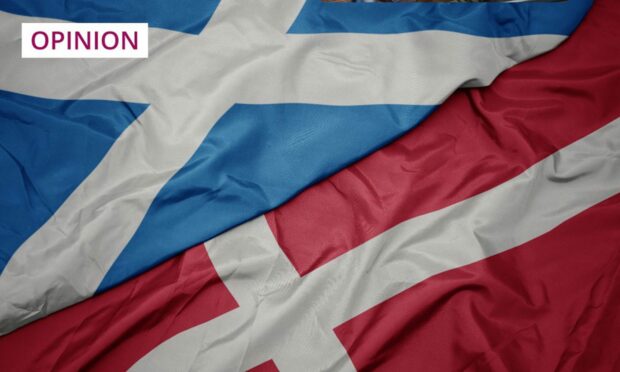
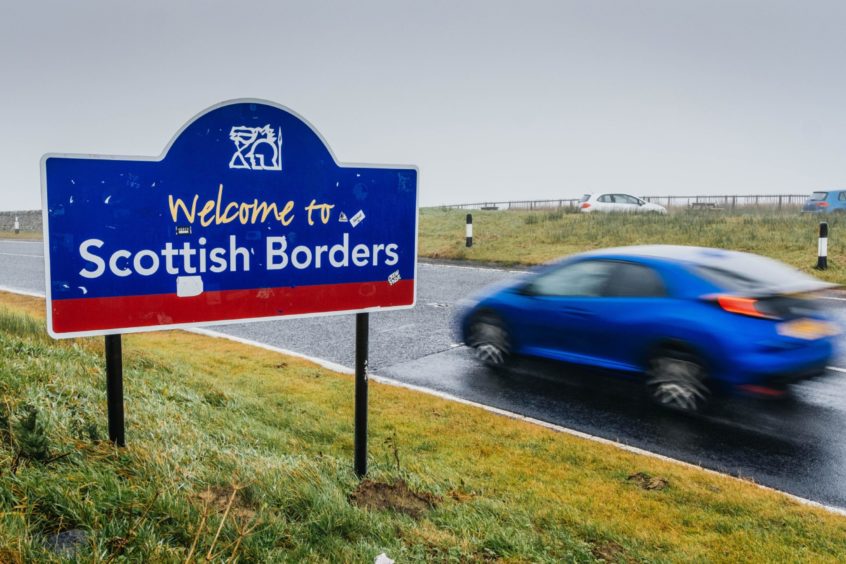
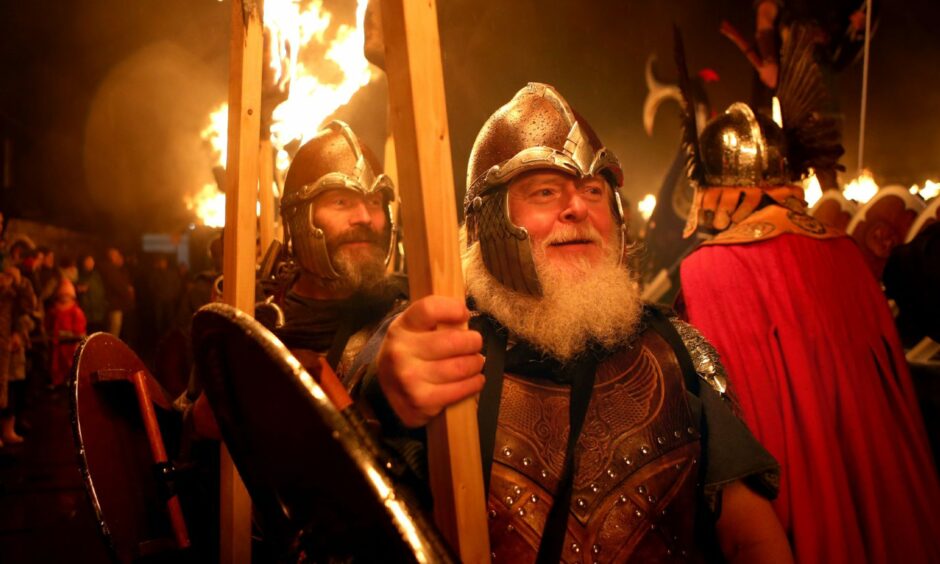
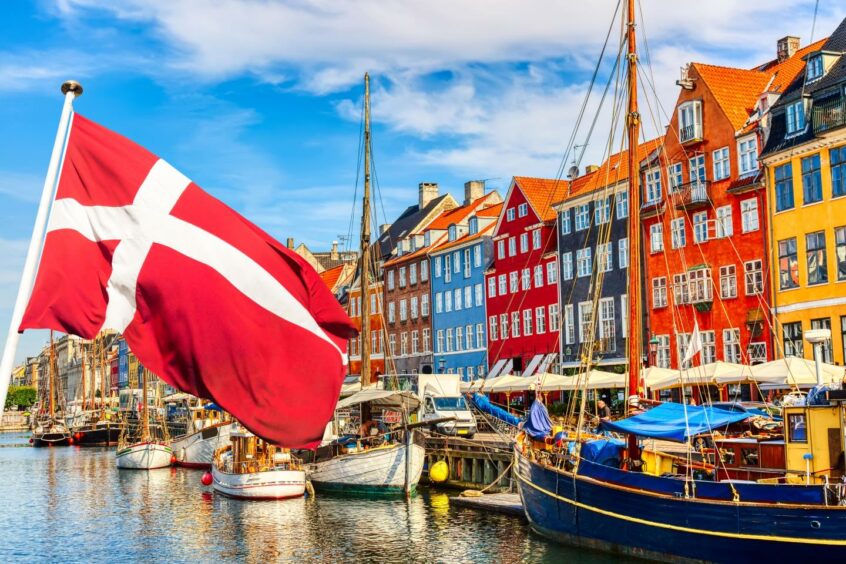


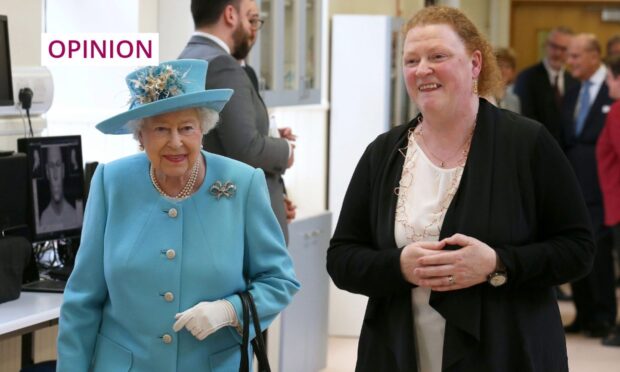

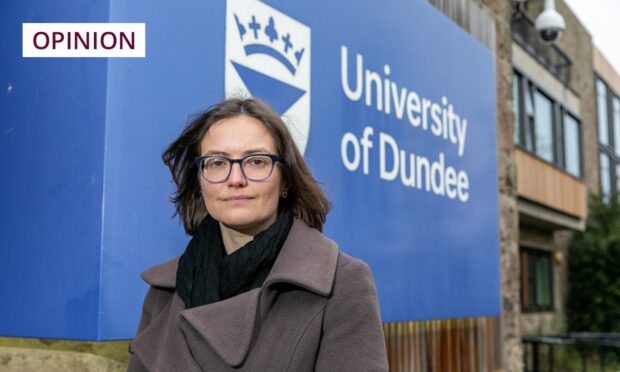
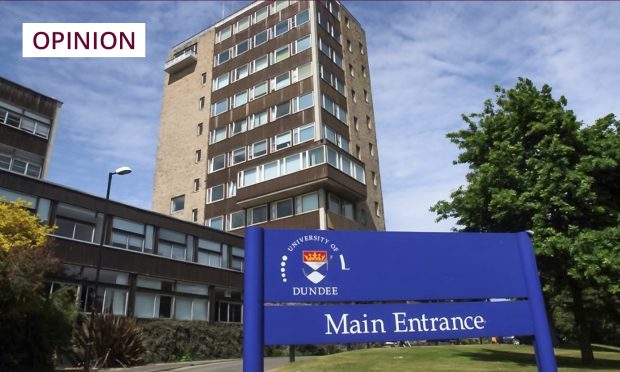
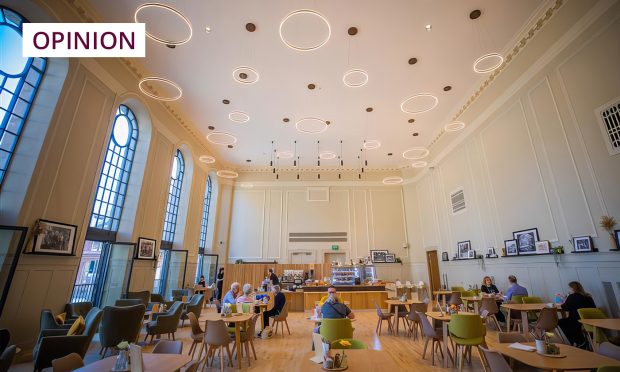

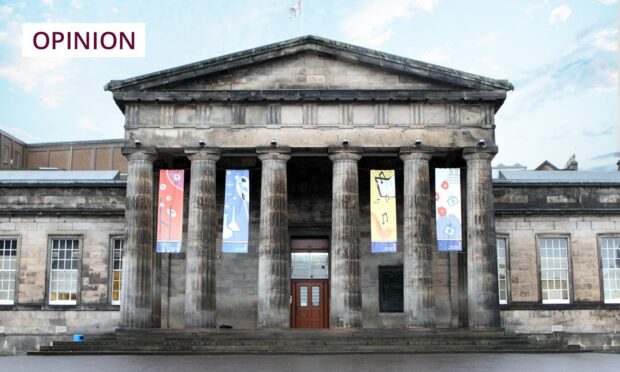
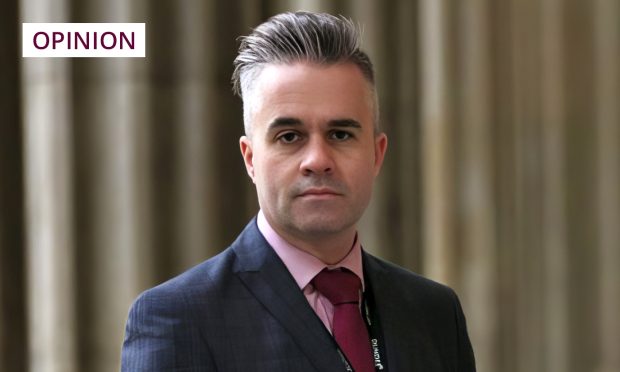
Conversation